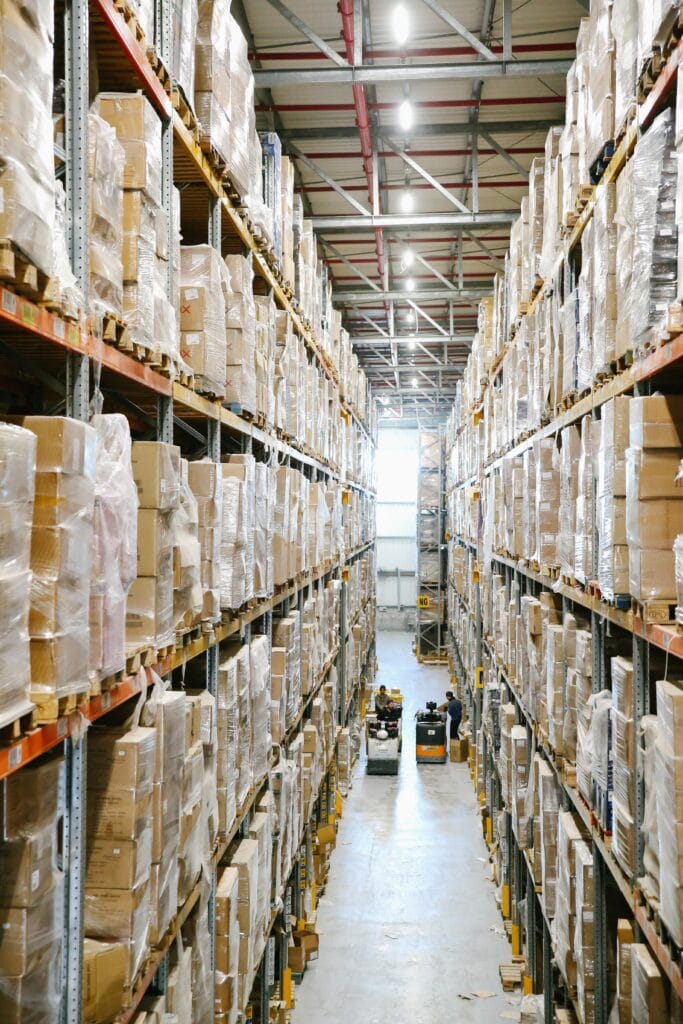Warehousing
Which activities take place in Warehousing for fulfilment?
Fulfilment has many shapes and forms, dependent on the type of product, storage characteristics, product value, sales channel-strategy, customer expectations and geographical spread.
In general fulfilment services in a warehouse include:
Receiving and unloading of trucks or ocean containers and sorting product by item number (SKU);
Quality and quantity inspection;
Warehousing or storing the product, taking into account conditions like temperature control, humidity, batch number or serial number or lot number, dangerous goods classification, and many more potential requirements;
Inventory monitoring such as stock counts, damage and pilferage control;
Picking based on different picking strategies like order-for-order, batch-picking, snake-picking, bulk-picking, pick-and-pass, or fully automated using pick-robots or goods-to-man picking. Storage and picking strategies depend a lot on the level of sophistication of the Warehouse Management System used;
In some cases fulfilment includes product alterations like assembly or kitting of products into new items or gift-packs;
Packing, using material like polybags, corrugated material, filling material, and adding product labels or product-carriers like pallets and totes;
Shipment preparation, which usually includes weighing the shipment, determining which carrier to use, adding a shipping label, adding warning labels if applicable, or banding multiple cartons together to save transportation cost;
Handover to the carrier using roll-containers or pallets;
Confirming the order back to the merchant for invoicing, or customer notifications like expected delivery day and sharing Track & Trace information;
Organizing, collecting, receiving and processing return orders from end-customers.
